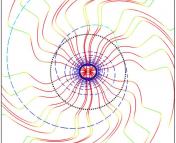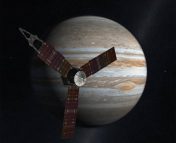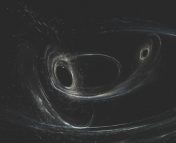
The undergrad research series is where we feature the research that you’re doing. If you’ve missed the previous installments, you can find them under the “Undergraduate Research” category here.
Are you doing an REU this summer? Were you working on an astro research project during this past school year? If you, too, have been working on a project that you want to share, we want to hear from you! Think you’re up to the challenge of describing your research carefully and clearly to a broad audience, in only one paragraph? Then send us a summary of it!
You can share what you’re doing by clicking here and using the form provided to submit a brief (fewer than 200 words) write-up of your work. The target audience is one familiar with astrophysics but not necessarily your specific subfield, so write clearly and try to avoid jargon. Feel free to also include either a visual regarding your research or else a photo of yourself.
We look forward to hearing from you!
************
Matthew Regala
University of Connecticut
Matthew Regala is currently studying physics at the University of Connecticut. He has been working on black hole simulations for a year and half with Dr. Jonathan Trump and hopes to finish his investigation with a published paper.
At the center of virtually every large galaxy lies an ancient supermassive black hole. These remnants of massive stars are extreme objects; they can be hundreds of thousands times more massive than our Sun and spin at such incredible speeds (up to ~84% the speed of light!) that they distort time around them. Through a black hole’s lifetime, two events can change its mass and rotational speed: a merger with a secondary black hole (which occurs every ~1.3 billion years) and the absorption of an accretion disk (which occurs once every ~12.2 billion years and lasts depending on the size of the accretion disk). In simulations the probability of when one of these events occurs is determined by two variables: EpV (event probability variable) and EsV (event selection variable). For my project, I used EpV and EsV to simulate the different environments and probabilities of major events occuring which will in turn affect the output of the simulation. I hope to refine my simulator’s accuracy to a degree that collected data from real black holes can be referenced to patterns found in my simulator in order to give an accurate estimate of age.
Featured image credit: NASA




